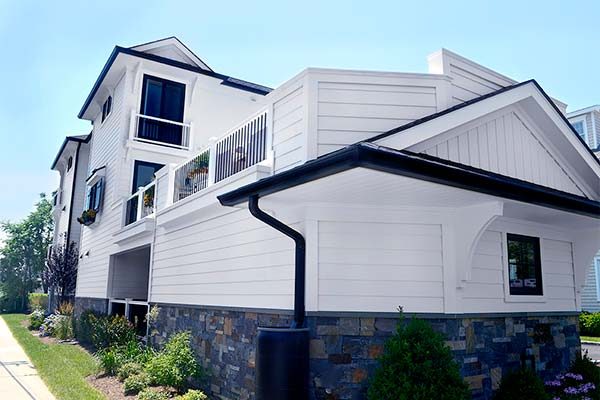The State of the siding Industry
Studies show that insulated siding improves efficiency of home exteriors. Before the housing crisis, new construction accounted for more than half of the siding volume. Due to the dramatic decline in new construction, the repair and remodeling sector accounts for nearly three-quarters of the total volume. Siding can be a substantial expense to homeowners typically between$2,000-$10,000 depending on the size of the job and materials chosen. Consumers are looking for better value such as products with lifelong expectancy, better warranties and low maintenance.
There are a variety of materials used in the siding industry. Vinyl is the most widely used material, especially in the repair and remodeling sector, followed by brick, fiber cement and stucco. Brick is most commonly used in new construction and strongest in the Southeast and Southwest, whereas stucco is also used in new construction and is widely used in the West and Southeast.
Looking forward, the siding market is likely to undergo some dramatic changes based on the new 2012 International Energy Conservation Code which will require rigid foam insulation or another wall insulation strategy in colder climate zones. Contractors may need additional training due to the new installation methods, including foam and special fasteners.
With energy costs on the rise and homeowners looking for ways to reduce utility bills, energy saving projects are some of the best home-improvement options. Replacing windows isn’t the only way to secure savings for trapped homeowners. Money can be saved with insulated siding while, improving the comfort and curb appeal of their homes. Insulated siding can help homes realize energy savings of up to 12%.
Insulated siding is vinyl siding with rigid foam insulation laminated or permanently attached to the panel. This can reduce the thermal-bridging effect, which is the transfer of energy through framing members or studs. Thermal bridging can rob a well-insulated home of conditioned air and increase energy consumption. Insulated siding helps reduce energy loss through thermal bridging and air leakage, which improves the overall R-value of the wall. R-value is a measure of thermal resistance; the higher the R-value, the better the insulation’s overall effectiveness.
